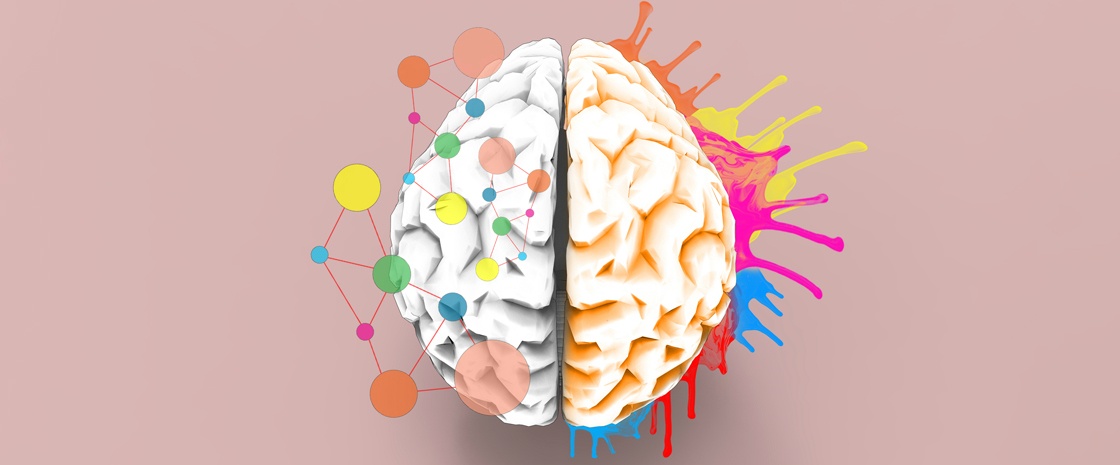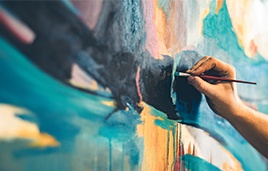Do you remember learning about the scientific method in grade school? If you are an artist, designer, or illustrator, you might have been doodling during that lecture. I have to admit, I was a horrible science student and did not enjoy learning about this process at all. Little did I know, I would use a very similar process on a daily basis as a designer. I also did not realize how logical and methodical the design process actually is. Sure, designers are creative and we love beautiful designs, but a successful designer will always balance form and function to create beautiful solutions.
Let’s do a quick review. The Scientific Method has 7 steps:
-
Observe and ask a question
-
Research
-
Form a hypothesis, or testable explanation.
-
Test hypothesis
-
Analyze data and draw a conclusion
-
Communicate results
-
Iterate: use the results to make new hypotheses or predictions.
Now, let’s look at the design process.
-
Define the problem
-
Collect information
-
Brainstorm and analyze ideas
-
Build design
-
Present design and receive feedback
-
Improve design
And, let’s compare these to the UX process.
-
Identify your users and research who they are, their habits and needs
-
Define the problem
-
Brainstorm
-
Create a prototype
-
Test the product and analyze results
-
Improve prototype based on user feedback
When these processes are compared, the commonalities become quite clear.
How do these approaches intersect?
All of these processes are in place to aid in problem solving. Whether a scientist is trying to discover new ways to treat disease, or a designer is working to develop an app to improve the lives of its users. We all start with a hypothesis and/or problem that we are trying to solve.
In the design process, we focus heavily on the user. What problems are they experiencing? We learn about our users through research and interviews, and once we understand the problems they experience, we can begin the brainstorming process to build a prototype. A significant amount of design happens before the designer puts a mark on paper. It is only after we have gathered relevant data, identified the user and the problem(s) they need solved, that we can begin constructing potential solutions. What will the user need to solve their problem?
Once we understand this, we can begin prototyping and testing the product in repeated iterations until we have a successful solution. One could liken each iteration to a design experiment – testing both the aesthetics of the hypothesis and the usability of the design, which is equally as important.
Design is both a science and an art.
The design process, like the scientific method, is rooted in discovery, logic, creativity, and problem solving. It’s not just about having a creative idea or building something beautiful. Successful design is logical at its core and decision making is based on data and research. Successful design is not based on personal preference, but in solving a problem the user experiences. This approach removes personal preferences that can unintentionally result in a biased design and that is an important component of the scientific method. Oftentimes the best design for the user isn’t always the favorite ‘look’ of the parties planning and that is not only ok, it is ideal, because successful design is a perfect marriage of form and function.
Therein lies the creative challenge of a thoughtful designer – combining a visually appealing solution that resolves the needs of the client, all while accommodating usability for the user. It is the successful implementation of this approach that truly is art, a beautiful solution made together.





